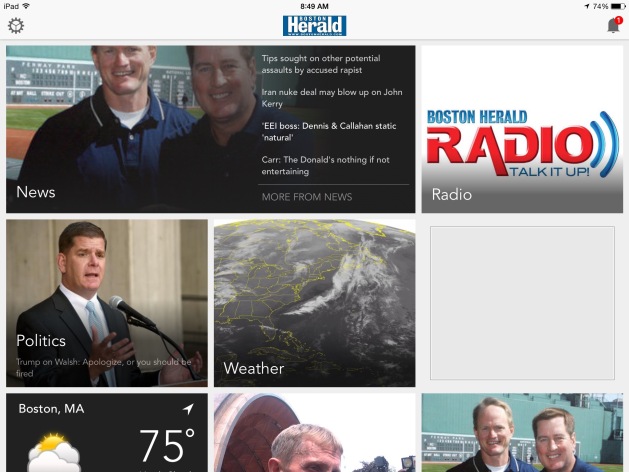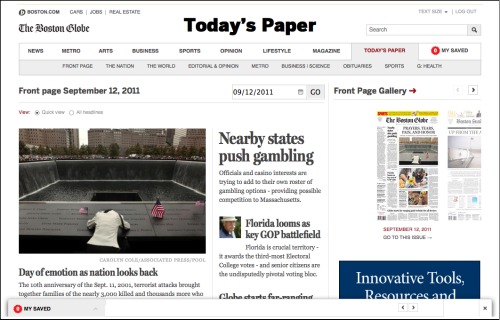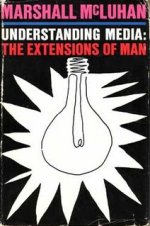Previously published at WGBHNews.org.
There is nothing good about the ongoing economic collapse of local newspapers. But if you squint hard, you can see a few hopeful signs amid the gloom. Recently I wrote about The Salt Lake Tribune’s bid to become the country’s first nonprofit daily newspaper.
This week I want to take a look at an idea that, in some ways, is even more audacious: the Arkansas Democrat-Gazette’s announcement that it will abandon weekday print and give an iPad to all of its paying subscribers so they can read the digital edition.
The news came in the form of a letter to subscribers by publisher Walter Hussman, who said that all of the Democrat-Gazette’s customers will be offered an iPad later this year. The emphasis will be on a replica edition — that is, an electronic paper that looks exactly like the print version, an old-fashioned concept still popular with many readers. The paper will continue to offer a Sunday print edition.
“Although newspapers will never be as profitable as they once were,” Hussman wrote, “we believe we have found a way to return the Arkansas Democrat-Gazette to profitability and provide a better and more robust reading experience for our subscribers.”
The shift has already taken place in some Arkansas counties, with Democrat-Gazette employees meeting with befuddled subscribers at Holiday Inns and even in their homes to help them navigate the online paper. Indeed, according to the latest figures from the Alliance for Audited Media, weekday digital now outsells print by about 86,000 to 82,000. Print remains the choice on Sunday by a margin of 118,000 to 10,000. But the ADG, as the paper is known, is rapidly moving toward a day when its weekday print circulation will be zero.
“If 70% of subscribers stay with us, the cost savings will let the ADG hire more reporters,” wroteStyle section editor Celia Storey on her public Facebook page. And just in case you were wondering, Storey also explained that readers who let their subscriptions lapse will soon discover that their iPad no longer works.
The notion of giving away iPads in order to cut the cost of printing and delivering the physical newspaper might seem revolutionary, but it’s been many years in the making. Back in the early 1990s, an executive for the now-defunct Knight Ridder chain named Roger Fidler was telling anyone who would listen that newspapers of the future would give away cheap digital tablets so they could shut down their printing presses. In some ways we still haven’t caught up with Fidler, who envisioned tablets you could roll up and stick in your pocket and that would offer resolution as high as a good quality magazine. (Click here to watch a 1994 video of Fidler explaining his remarkably prescient idea.)
The Boston Globe recently also reached something of a landmark on the road to a post-print world. Writing in the Boston Business Journal, Don Seiffert reported that the Globe’s digital circulation has now moved ahead of its weekday print circulation by a margin of 112,000 to 99,000 — and that represents an overall increase (combined print and digital) of about 7,000 paying subscribers since mid-2016. Can free iPads be far behind? (As with the ADG and virtually every other paper, the Globe’s Sunday print edition remains its largest, with a circulation of 172,000, according to the Alliance for Audited Media.)
What’s happening in Salt Lake, Arkansas, Boston, and a few other places whose newspapers are owned by civic-minded local publishers should offer encouragement. Elsewhere, newspapers are being shackled by corporate chains.
The money-losing McClatchy group reported earleir this month that its 30 properties, which include large papers such as the Miami Herald, The Sacramento Bee, and The Charlotte Observer, have signed up just 179,000 digital-only subscribers — and that’s an increase of 60 percent over a year ago.
The newspaper analyst Ken Doctor writes at Nieman Lab that the bottom-feeding Gannett chain continues to fight off an acquisition attempt by the even worse MediaNews Group (formerly Digital First Media), a battle between unappetizing rivals that I wrote about a few months ago.
Amid such chaos and greed, it’s important to keep in mind that some newspaper owners continue to search for a business model that doesn’t require slashing their newsrooms to irrelevance. Seen in that light, accelerating the transition from print to digital is an investment in the future.
The math to get from seven-day to one-day print remains daunting. Print subscribers are still more valuable. Not only do they pay more, but print ads are worth much more than commodity digital advertising. But if newspapers can get to the point over the next few years at which they can dump print, it will save a ton of money that they now spend on what is essentially a 19th-century manufacturing and delivery operation.
The Arkansas Democrat-Gazette may show the way.







 Today is the 100th birthday of Marshall McLuhan, the Canadian scholar who forever changed the way we think about media and their effects on the human psyche.
Today is the 100th birthday of Marshall McLuhan, the Canadian scholar who forever changed the way we think about media and their effects on the human psyche.